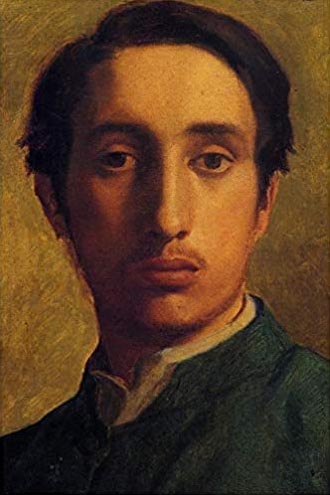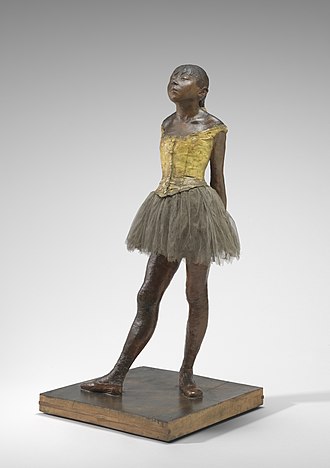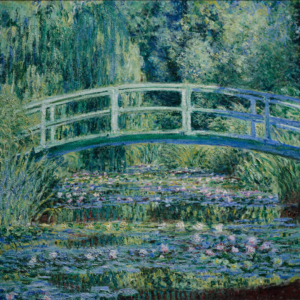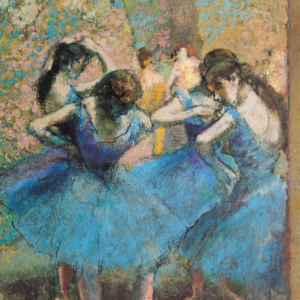Edgar Degas
French painter Edgar Degas is counted among the founders of Impressionism, yet he was almost anti-impressionist even as his fascination with the depiction of movement created some of the great works of the impressionism.
Edgar Degas was born in Paris, France. His family was somewhat wealthy, setting him somewhat apart of a lot of his contemporary artists. Degas started painting early and by the age of 18, in 1853, had turned his room into a studio. By family preassure he enrolled in law school next but hardly applied himself and instead he in 1855 he met Jean-Auguste-Dominique Ingres, whom Degas revered and whose advice he never forgot: “Draw lines, young man, and still more lines, both from life and from memory, and you will become a good artist.” That same year he was admitted to École des Beaux-Arts to study art. He continued to be very influenced by the classical masters and copied their work and style in his efforts.
Degas travelled widely and then, in 1873, had to return to Paris due to the passing of his father. At the same time he learned that his brother had been accumulating debt and as a result, he was forced to rely on his work for the first time in his career. At the same time he was disenchanted with the Salons exhibitions in Paris and as a result, joined a new group of young painters to organizing an independent exhibition, the exhibition of the impressionists.
Degas also dabbled in sculptures and in 1881 staged an exhibition for one of his works, “Little Dancer Aged Fourteen”. A nearly life-size wax figure with real hair and dressed in a cloth tutu, it provoked a strong reaction from critics, most of whom found its realism extraordinary but denounced the dancer as ugly. While his first efforts were not met with success, Degas continued to work and at the time of his death, 150 vax sculptures were found in his studio. A number of these were subsequently cast in bronze which helped spread his sculptures. Litte Dancer aged Fourteen is today valued at US$ 23 million.
“Art is not what you see, but what you make others see.”
Post Impressionism
Degas own style reflects a deep respect for the old masters. He is especially well known for his paintings of ballet dancers in practice and on stage. As he matured, his style is distinguished by conspicuously unfinished passages, even in otherwise tightly rendered paintings. He frequently blamed his eye troubles for his inability to finish, an explanation that met with some skepticism from colleagues and collectors who reasoned, as Stuckey explains:
“his pictures could hardly have been executed by anyone with inadequate vision”.
His play with both light and movement is what really sets his work apart and add additional levels to the impressionism.
“What a delightful thing is the conversation of specialists! One understands absolutely nothing and it’s charming.”
Edgar Degas passed away in September 1917 at the age of 83. His ability to combine his deep inspiration from the classic painters with the new style of impressionism, even if even he himself was not conscious or appreciate of it, brought impressionism indoors and to new audiences who relished his master pieces.






